- September 19, 2021
- By Atif Rashid
- In Blog
- Tags Hybrid, Hybrid Battery, Prius, Toyota
- 1931
- 0

The story of the Toyota Prius Hybrid began in 1997. Driving took to a new level with the introduction of the first popular hybrid. It’s time to move on to the next chapter. Prius blends clever design and technology to offer dynamic performance and superb handling, exciting and efficient to drive.
The Toyota Prius hybrid is a popular vehicle known for its fuel efficiency and low emissions. The Prius is a hybrid electric vehicle, which means it combines a traditional gasoline engine with an electric motor and battery system. This combination allows the Prius to travel further on a single tank of gas and produces fewer emissions than a traditional gasoline-only vehicle.
The Prius has undergone several changes and improvements since its introduction in 1997. Today, the Prius is in its fourth generation and includes features such as all-wheel drive, a spacious interior, and advanced safety technology.
LEADING THE WAY IN DEFINING THE FUTURE
The car that popularized the term “Hybrid” over two decades ago is still doing so today
This is a vehicle with a modern appearance that belies its advanced capabilities. The new design retains the distinctive triangular Prius shape while adding clearly contemporary clean lines that improve airflow. The end result is an automobile that is both visually appealing and enjoyable to drive.
It’s never been more enjoyable to drive a hybrid vehicle. You’ll get dynamic acceleration when you need it owing to a smooth transition between electric and gasoline modes. As well as excellent performance and handling thanks to a lower center of gravity, improved suspension, and more linear power.
With Hybrid AWD-i, the innovation continues. It’s the first time a car in its class has had an intelligent all-wheel drive system designed specifically for Prius. It is design to provide you more control in low-grip circumstances like rain and snow, giving you extra peace of mind. You don’t have to sacrifice efficiency or boot space because it’s so compact.
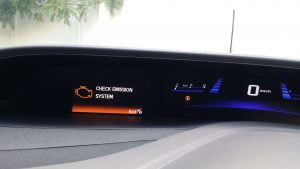
Genuine Comfort and User-friendly Technology
Every detail matters when it comes to establishing a welcoming environment. The inside of the Prius blends high-quality materials with clean, contemporary design, and ergonomic seats are available in a textiles. The intuitive Toyota Touch 2 with Go system makes entertainment and navigation simple, while a huge Head Up Display shows speed, hybrid, and vehicle distance information right onto the windscreen.
Keeping you Informed Through Toyota Safety Sense
Toyota’s revolutionary Safety Sense technology raises the bar on driver assistance. It employs 22 sensors strategically positioned around the vehicle to predict possible risks and warn you to them so you can respond quickly. Helping to keep everyone in the car, as well as those nearby, safer.
In October 1997, the first-generation Prius was introduced as the world’s first mass-produced hybrid passenger vehicle. The first-generation Prius was a stockier sedan than the current model, with a body small enough to be registered with a 5-series number plate. The first-generation Prius had a fuel efficiency rating of 28.0 km/L with slogan “Just in time for the 21st century.”
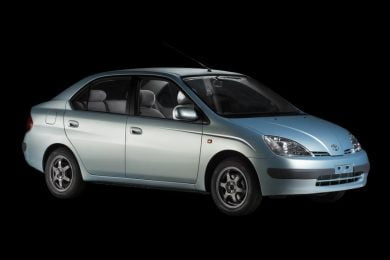
For the first time in 2003, the Prius was fully revamped. The Toyota Hybrid System II, a development of the preceding THS, boosted the Prius 10-15 test cycle fuel economy rating to 35.5 km/L, further establishing the Prius’ reputation as a fuel-efficient car.
The design was also altered: the vehicle’s highest point was now over the driver’s head, and the vehicle sloped gently downhill in both directions, creating a “triangle silhouette.” This new design not only enhanced aerodynamics, but it also gave the Prius a more advanced and distinct look.
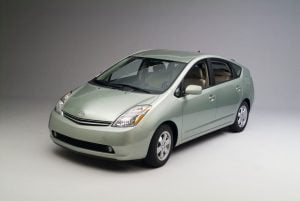
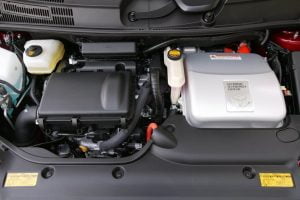
The THS engine was raised in size from 1.5 to 1.8 litres, and the third-generation Prius had a somewhat bigger body than prior versions.
While the fundamental “triangle silhouette” remained the same as the second-generation Prius, the new model’s bonnet, headlamps, and side profile had more modulation. The third-generation Prius had the world’s best 10-15 test cycle fuel economy rating of 38.0 km/L at the time.
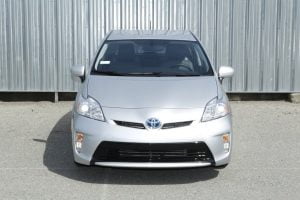
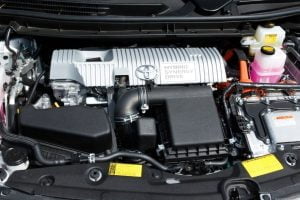
From the second to the third generation Prius, there were no substantial design modifications. The fourth-generation Prius, on the other hand, retained the “triangle silhouette” design but had a more aggressive look and a lower center of gravity. The new model had a 40.8 km/L fuel efficiency rating in the Japanese JC08 test cycle, as well as exceptional performance in a dynamic redesign.

Emotional design that combines functionality with a sense of fun
We wanted to create a vehicle that appealed to the human senses in a beautiful way. The notion of “ICONIC Human-tech” served as a guideline. The exterior reflects the TNGA’s low center of gravity, and the evolution of the triangular shape has led to the world’s greatest drag coefficient of 0.24.
To achieve an ever-advanced design, intuitive interfaces have been explored for the inside, based on the Prius DNA idea of “moving information regions further away and condensing operational areas near the driver.”
To assist avoid fatigue on lengthy drives, we changed the materials for cushion cushions and their thickness to spread the pressure on the body. Additionally, the up-and-down air-conditioner temperature/airflow control switch and color-coded controls on the steering wheel that are zoned according to function help to ensure safe and enjoyable driving with minimal eye shift.
Engine vibration and noise reduced, and high-performance sound-proofing and absorbent materials utilized to restrict engine sounds.
Furthermore, porous sound-proofing materials for the wall between the engine compartment and driver’s seat newly used to suppress sound with the same frequency range as the engine noise.
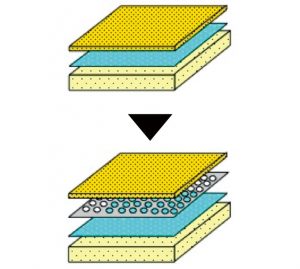
LSW* and structural body adhesives used ring-shaped frame structures to increase the stiffness of body by more than 60% over prior models. Leading to better ride comfort, outstanding handling stability, quietness, and safety.
The use of a brand-new double wishbone rear suspension provides outstanding stress absorption and pleasant handling.
Improved combustion efficiency achieved by increasing the cooled Exhaust Gas Recirculation (EGR) input and improving the tumble ratio by modifying air intake port. The all-new Prius has made tremendous strides in terms of fuel economy. A maximum thermal efficiency of 40%, the highest for a gasoline engine in the world.
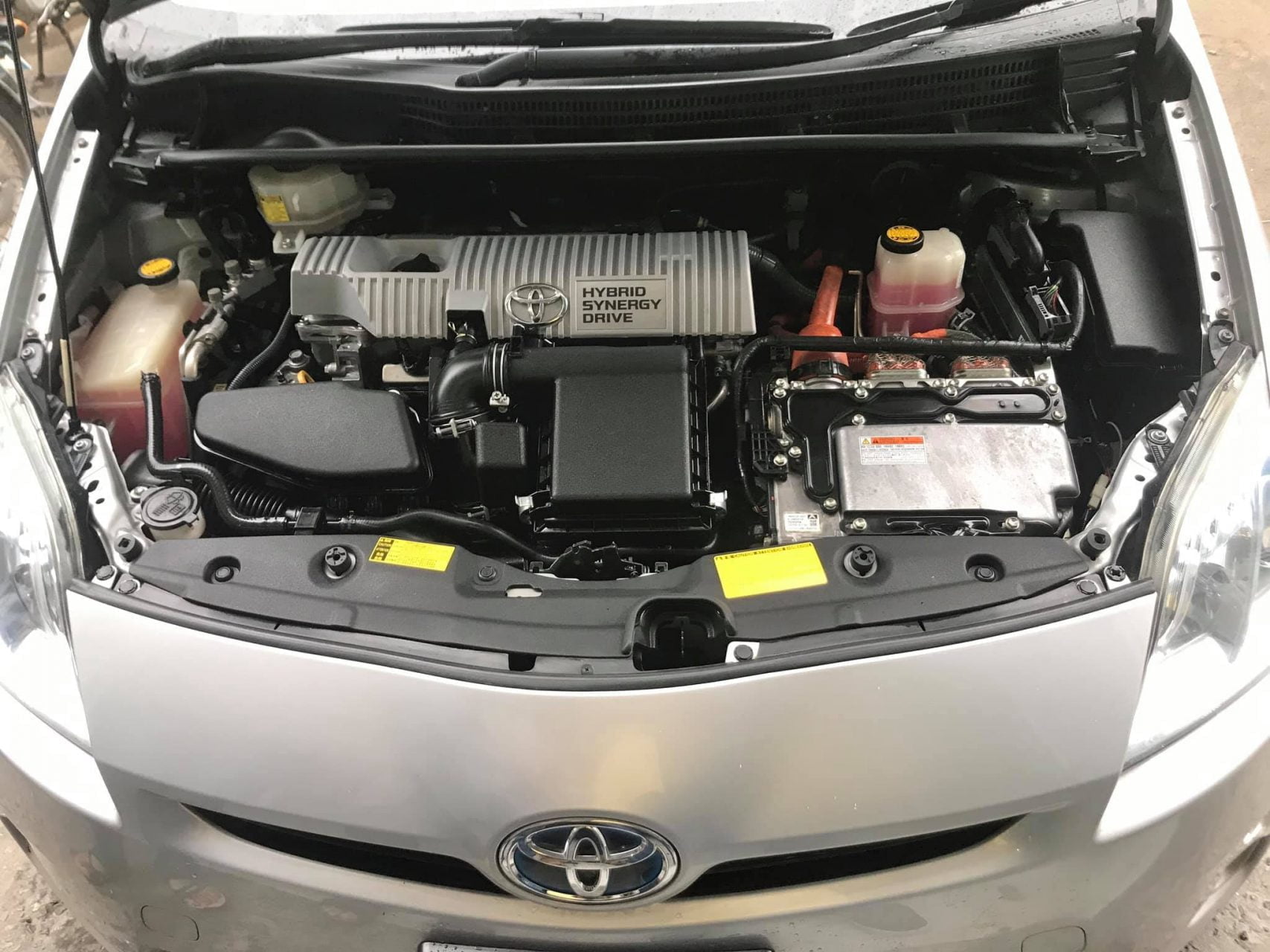
The fourth-generation Prius focused on making the hybrid powertrain compact and lightweight, as well as lowering transmission loss. To improve fuel economy and achieve excellent space utilization. A high-revolution motor with higher output density achieved by a new winding method. A transaxle with multi-shaft positioning of the motors, the power control unit positioned directly above the transaxle, all other technologies have been assembled.

The Toyota Prius Plug-in Hybrid combines the benefits of prolonged EV driving with the advantages of modern hybrid technology. Enjoy a unforgettable driving adventure. Because majority of daily travels are shorter than 45km, you can easily complete most of them in an electric vehicle. The more you charge your vehicle, the more money you’ll save on gas.
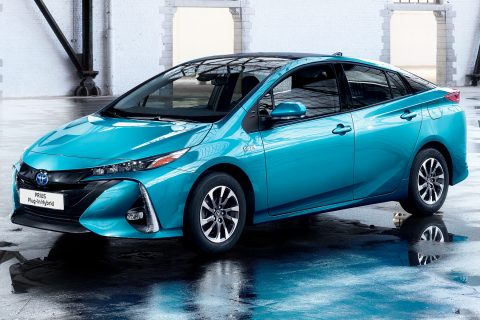
The five-seat Toyota Prius is the hybrid of choice for those looking for a roomy interior, a long list of standard safety features, and outstanding gas mileage. The hatchback’s gas-electric motor produces 121 horsepower and gets up to 23.8 km/l combined, according to the EPA. There are few better ways to save money on gas than to buy an electric car or the Prius Prime plug-in hybrid. All-wheel drive is optional. Front-wheel drive is normal.

A new edition of this car with greater power than ever before will debut in 2023. In the FWD version, the gasoline engine, which is 2.0 litres in size and bigger than previously, produces 194 horsepower. You receive 196 horsepower from the Prius AWD variant, and 220 horsepower from the Prius Prime. As a result, the 2023 Toyota Prius Prime is the most potent model of this hybrid vehicle ever produced.
The regular Prius model and the Prius Prime both have an AWD system that is optional. This AWD system is powered by an electric motor. To provide power to all four wheels, the system adds a second electric motor to drive the back wheels. In comparison to the FWD variant, the AWD Prius can accelerate to 60 mph in just 7.0 seconds. This sprint can be completed by the Toyota Prius Prime in 6.6 seconds.
The Prius is the king of hybrid vehicles. The FWD Le vehicle’s overall economy has increased with this generation, moving from 52 mpg combined for the previous model to 57 mpg combined. Compared to the previous model’s 25 miles, the new Toyota Prius Prime’s 38 miles of electric range is an improvement. These numbers enable the new Prius to maintain its lead in the hybrid market for fuel efficiency.
P0a80 Prius code is a generic powertrain diagnostic trouble code (DTC) typically applies to hybrid cars from Toyota Prius, Camry, Lexus, Hyundai etc. When this code triggers it means that there is some problem in the hybrid vehicle battery management system (HVBMS).
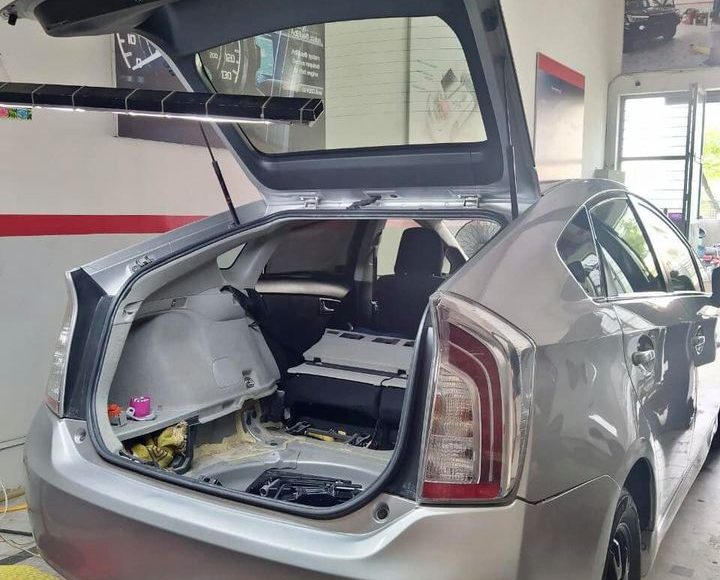
Please note that Prius has around 210 VDC in its system, extreme precautions must be taken to handle the electronics of the car. The Auxiliary battery also found to be weak so replace with new one. Check HV system or High voltage system error.
Book a servicing slot now with us! for Hybrid Battery Fan Cleaning
Our hybrid battery fan service includes:
• Removing all panels necessary to access HV battery fan.
• Cleaning hybrid battery fan or duct assembly, Scan and Reset of controller
Cost is Rs. 3500/- (approximately) inclusive of scan and inspection
These are some of the causes which can trigger p0420 error code. Contact fixmycar.pk to resolve for you p0420 Toyota Prius trouble code at optimum cost.
The basic definition of P0400 EGR code corresponds to Exhaust Gas Recirculation Flow Malfunction. (EGR valve). P0400 belongs to OBD-II generic code. It points that the engine control module (ECM) has detected some problem with the exhaust gas. Mostly it means that the engine EGR valve is not flowing recirculated exhaust gases properly.
Follow Us





